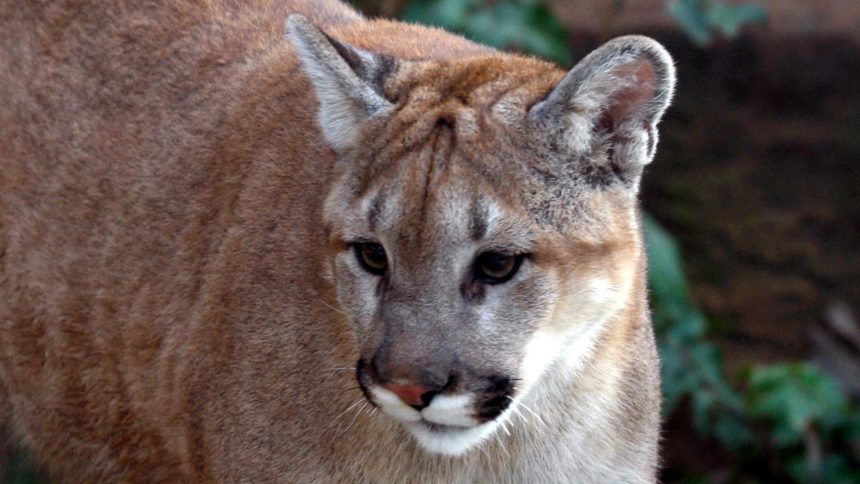Possible link found between fog and mercury levels in mountain lions

SANTA CRUZ, Calif. (KION) A new study by UC Santa Cruz researchers shows that there may be a link between coastal fog and mercury levels in mountain lions in the Santa Cruz Mountains.
The study showed that lions are approaching toxic mercury levels, and that could pose problems for reproduction or survival.
Researchers believe that mercury is being carried in by fog, left on land and is making its way up the food chain. Mercury concentrations in Santa Cruz Mountain lions were three times higher than those that live outside the fog zone. Mercury levels were also higher in lichen and deer.
"Lichen don’t have any roots so the presence of elevated methylmercury in lichen must come from the atmosphere," said Peter Weiss-Penzias, an environmental toxicologist who pioneered the study. "Mercury becomes increasingly concentrated in organisms higher up the food chain."
There is no risk to human health, but mercury levels in fog could have a significant impact. Weiss-Penzias said that mercury concentrations can increase by at least 1,000 times with each step up the food chain.
Mercury is released through natural processes, but also through human activities like mining, according to the study. The mercury in the atmosphere enters the oceans through rain and is converted by anaerobic bacteria to methylmercury, its most toxic form. Upwellings bring some to the surface, and from there it is released back into the atmosphere and into fog. High concentrations of methlylmercury can cause neurological damage and can decrease the likelihood of offspring surviving.
"These mercury levels might compound the impacts of trying to make it in an environment like the Santa Cruz Mountains, where there is already so much human influence, but we don't really know," said Chis Wilmers, a professor of environmental studies and the director of the Puma Project. "Levels will be higher 100 years from now, when the Earth's mercury budget is higher because of all the coal we're pumping into the atmosphere."
Going forward, researchers said they are interested in looking at other coastal areas, like Chile, where the top predator is a lizard, but they also want to do more research into mercury levels in coyotes, bobcats and birds.
Wilmers and Weiss-Penzias said that when one aspect of the ecosystem changes, it has a cascading effect through the system. For example, loss of wolves in the U.S. led to more coyotes, who preyed on the foxes that controlled the rodent population. Fewer foxes meant more rodents, and the rodents help transmit Lyme disease. Wilmers believes that mountain lions keep deer and smaller predators in check, which may reduce Lyme disease.
Read the study here.


